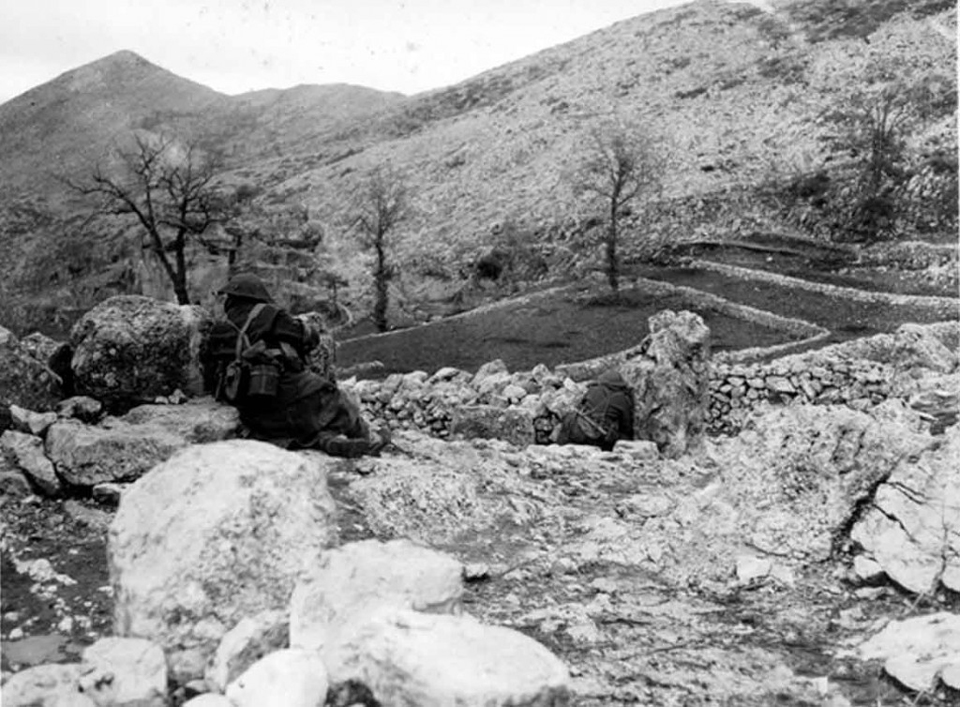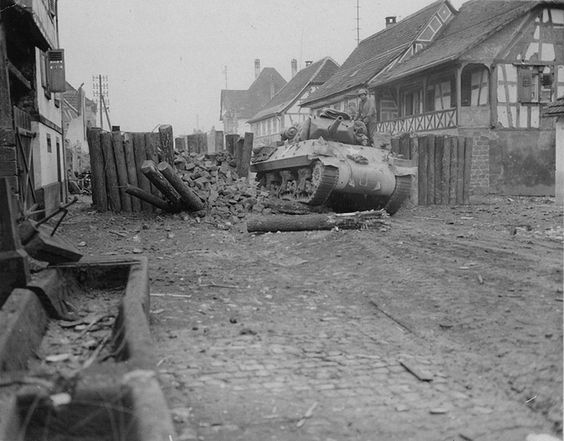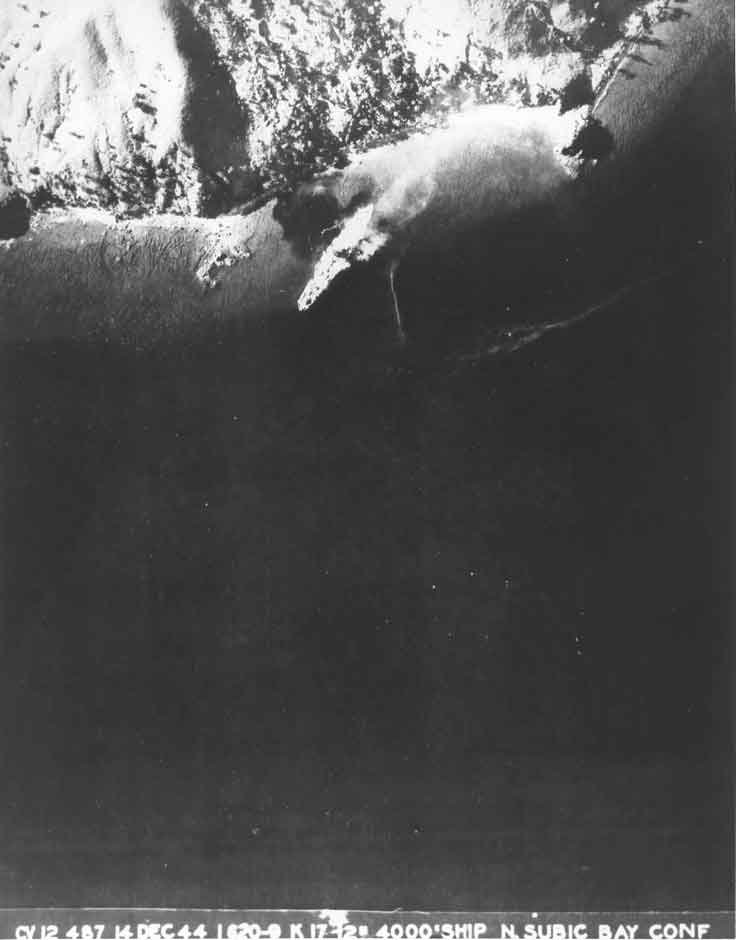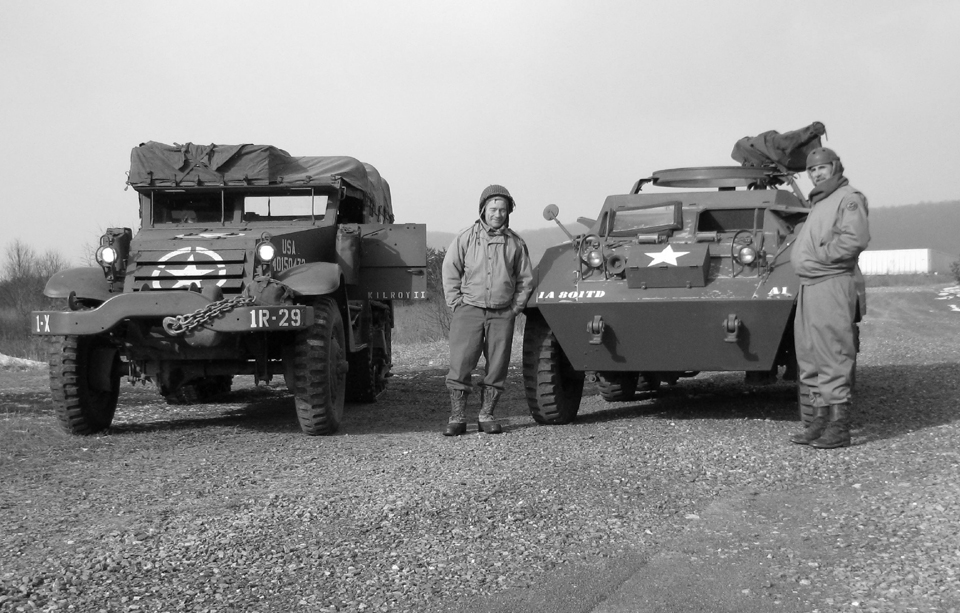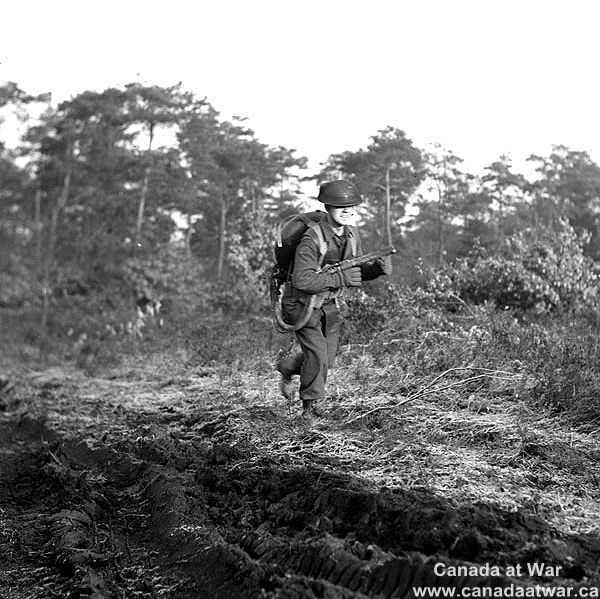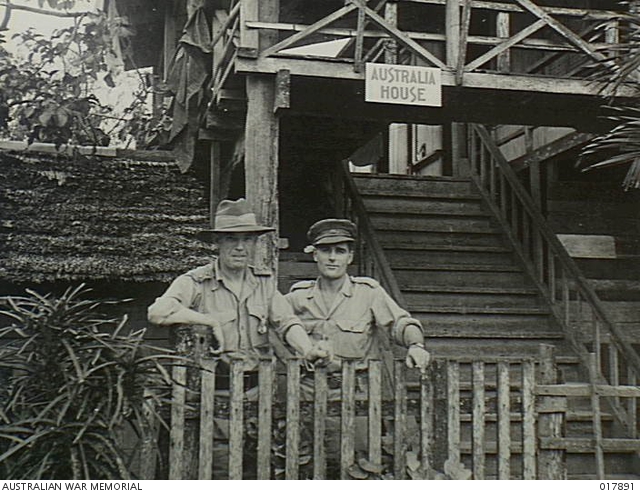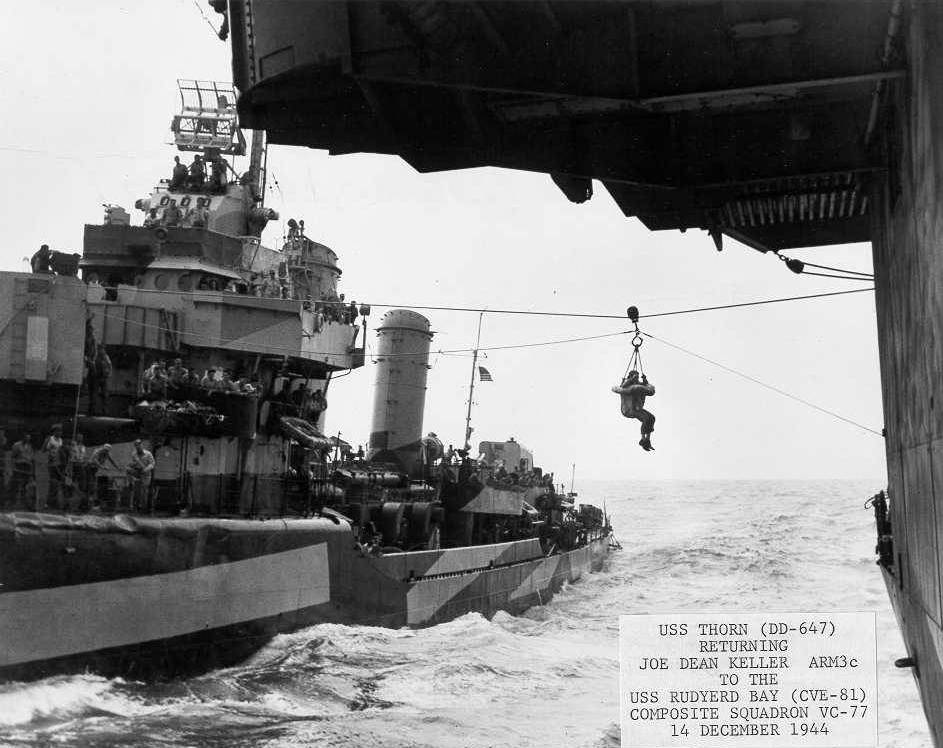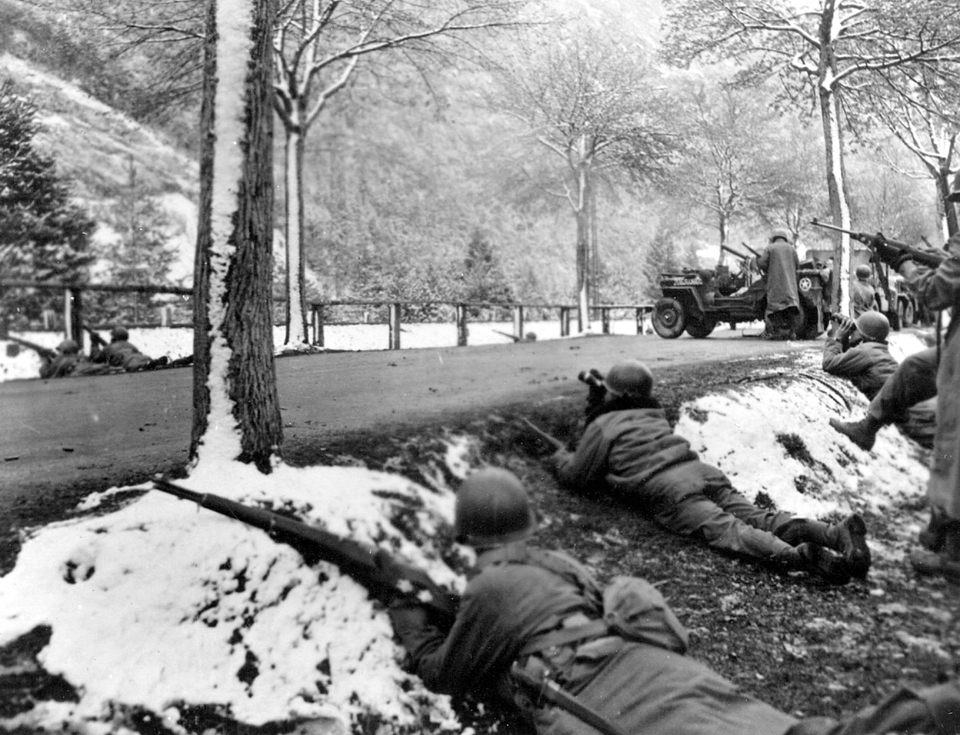Air Operations, CBI
BURMA
- 12 10th Air Force B-25s attack troops and supplies at Mongmit.
- 48 10th Air Force P-47s attack numerous targets at 7 locations.
- 4 P-47s attack a rail bridge.
- 4 P-47s support US Army round troops near Tonkwa.
- 6 14th Air Force B-25s attack Loi Mwe.
- 10 P-38s and P-51s attack Kentung.
- 33 of 48 58th Very Heavy Bomb Wing B-29s dispatched from Calcutta attack a rail bridge in Bangkok.
- 14 B-29s attack various alternate targets and targets of opportunity. 4 B-29s are lost when a full load of bombs detonates aboard one of the airplanes.
Air Operations, East Indies
- FEAF B-25s attack the Old Namlea airfield on Boeroe.
- Fighter-bombers attack various targets on Halmahera and northern Borneo.
Air Operations, Europe
RAF BOMBER COMMANDEvening Ops:
Minor Ops:
- 30 Lancasters and 9 Halifaxes lay mines in the Kattegat.
- There are no losses.
GERMANY:
- 9th Air Force fighters are able to support US Army ground forces.
ITALY:
- 12th Air Force medium bombers attack rail bridges.
- XXII TAC P-47s attack rail lines and gun emplacements.
Air Operations, Philippines
- To interdict kamikaze attacks at their sources, TBMs and FM fighter-bombers from the Task Unit 77.12.7 escort carriers sweep the San Jose airfield on Panay and the Dos Hermanos airfield on Negros. Task Force 38 carrier aircraft open continuous day and night attacks against Japanese airfields on Luzon. FEAF B-24s attack airfields on Negros. V Bomber Command B-25s attack the Zettlefield airfield on Jolo in the Sulu Archipelago. V Fighter Command fighter-bombers attack numerous targets in the central Philippines, Luzon, Mindanao, Palawan, and the Sulu Archipelago. 10 Marine Air Group 12 F4U fighter-bombers attack the Masbate airfield. 12 Marine Air Group 12 F4U fighter-bombers attack the Naga airfield on Luzon.
- Task Force 38’s campaign against Luzon airfields introduces a new concept to carrier-based warfare. With enough fighters on hand to accomplish the mission, around-the-clock fighter patrols are instituted over every Luzon airfield—a tactic known as the Big Blue Blanket. The objective is to keep the main source of Japanese air power down during the approach of the Mindoro invasion flotilla on its objective. Whenever the carrier fighters are changing over, carrier bombers directly attack the airfields.
- Despite all manner of US Navy and USAAF air interdiction over Japanese airfields in range of the Mindoro invasion force, 29 Japanese Army aircraft and 40 Japanese Navy aircraft (including 16 and 33 kamikazes, respectively) are able to take off from Clark Field on Luzon at 0715 hours. This force is intercepted by fighters from Task Force 38, which down two-thirds of them. The balance of the strike force aborts and makes for the airfields at Cebu City and Davao on Mindanao.
- During the afternoon, several Japanese aircraft are downed as they attack US battleships and cruisers, and another effort against the Mindoro troop convoys, this time mounted from airfields in the Visayan Group, fails.
- A VF(N)-41 F6F downs an H8K 'Emily' flying boat at sea at 0415 hours.
- Task Force 38 fighters down 40 Japanese fighters and bombers over the Luzon area throughout the day.
- Escort-carrier FMs down 17 aircraft over the central Philippines and the Mindoro invasion flotilla throughout the day.
- During the afternoon, Japanese aircraft, including kamikazes, attack Task Unit 77.12.7 escort carriers and surface warships conducting the preinvasion bombardment of Mindoro, but no hits are scored.
- 348th Fighter Group P-47s down 2 Ki-21 'Emily' flying boats at 0705 hours.
- A 475th Fighter Group P-38 downs a Ki-44 'Tojo' fighter over Negros at 0925 hours.
- 35th Fighter Group P-47s down 13 Ki-49 'Helen' bombers, 1 Ki-21 'Emily' flying boat, and 1 Ki-43 'Oscar' fighter over Soledad, Negros, at 0940 hours.
- 18th Fighter Group P-38s down 6 fighters over the Binalbagan airfield at 0945 hours.
- 35th and 348th Fighter group P-47s down 4 Ki-61 'Tony' fighters over Negros between 1030 and 1115 hours.
- During the night, VPB-54 Black Cat PBYs based at Leyte patrol 20 to 30 miles ahead of the Mindoro invasion flotilla as it makes its final approach on the Mindoro invasion beaches. One PBY finds and attacks a small inter-island steamer, which is set on fire and later sunk by US destroyers.
Air Operations, Volcano Islands
24 11th Heavy Bomb Group B-24s attack Iwo Jima.
[CBI
The Chinese 38th Division captures Bhamo.
[Eastern Front
SOUTHERN SECTORIpolysag falls to the 6th Guards Tank Army as it supports the right wing of the 7th Guards.
[Italy
In the XIII Corps, US 5th Army, sector, the 6th Arm Div loses contact with the patrols that have reached Tossignano.
During the night the Polish II Corps resumes its offensive on the left of the Canadian V Corps, and the 5th Arm Div establishes a bridgehead over the Canale Naviglio. 8th Army is attacking to widen the bridgehead already established over the Lamone.
[Mediterranean
The British destroyer Aldenham sinks on a mine in the Adriatic 45 miles southeast of Pola, Yugoslavia with the loss of 121 of her crew. 63 survivors are picked up by the British destroyer Atherstone.
[Pacific
<- Japanese transport No. 109 is sunk by carrier-based aircraft in the Philippine Islands area.
- The US submarine Blenny (SS-324) sinks Coast Defense Vessel No.28 off Dasol Bay, Luzon, and the guardboat No.5 Taisho Maru about 100 miles northwest of Manila.
- The British submarine Shalimar sinks the auxiliary minesweeper No.7 Choun Maru off Belawan, Sumatra.
Philippines
Over the next couple of days, to cover the landings on Mindoro there are intensive attacks on airfields throughout Luzon by planes of TF-38. Adm John S. McCain now commands this force and it includes 13 carriers and 8 battleships as well as the usual complement of cruisers and destroyers. Of the 1,670 missions flown all but 250 are by fighters. The Americans lose 65 planes, the Japanese 170.
On Leyte, The 305th Infantry Regiment of the 77th Infantry Division assaults the last Japanese strongpoint in the Ormoc Valley. Supported by several artillery battalions, tanks, armored bulldozers, and flamethrowers, the infantrymen capture the enemy position. The 32nd Infantry Division advances down Highway 2 from the north in the X Corps area and is met by determined resistance. The infantrymen advance only a short distance past Kilay Ridge.
[Western Front
The capture of the region between the Inde and Rur Rivers by the 30th Div, XIX Corps, US 9th Army, is concluded. Units of the 1st and 3rd Armies are virtually at a standstill on the previous day's positions.
The Germans counterattack at Colmar in Alsace.
[Images from December 14, 1944
|
|
|
|
|
|
|
|
